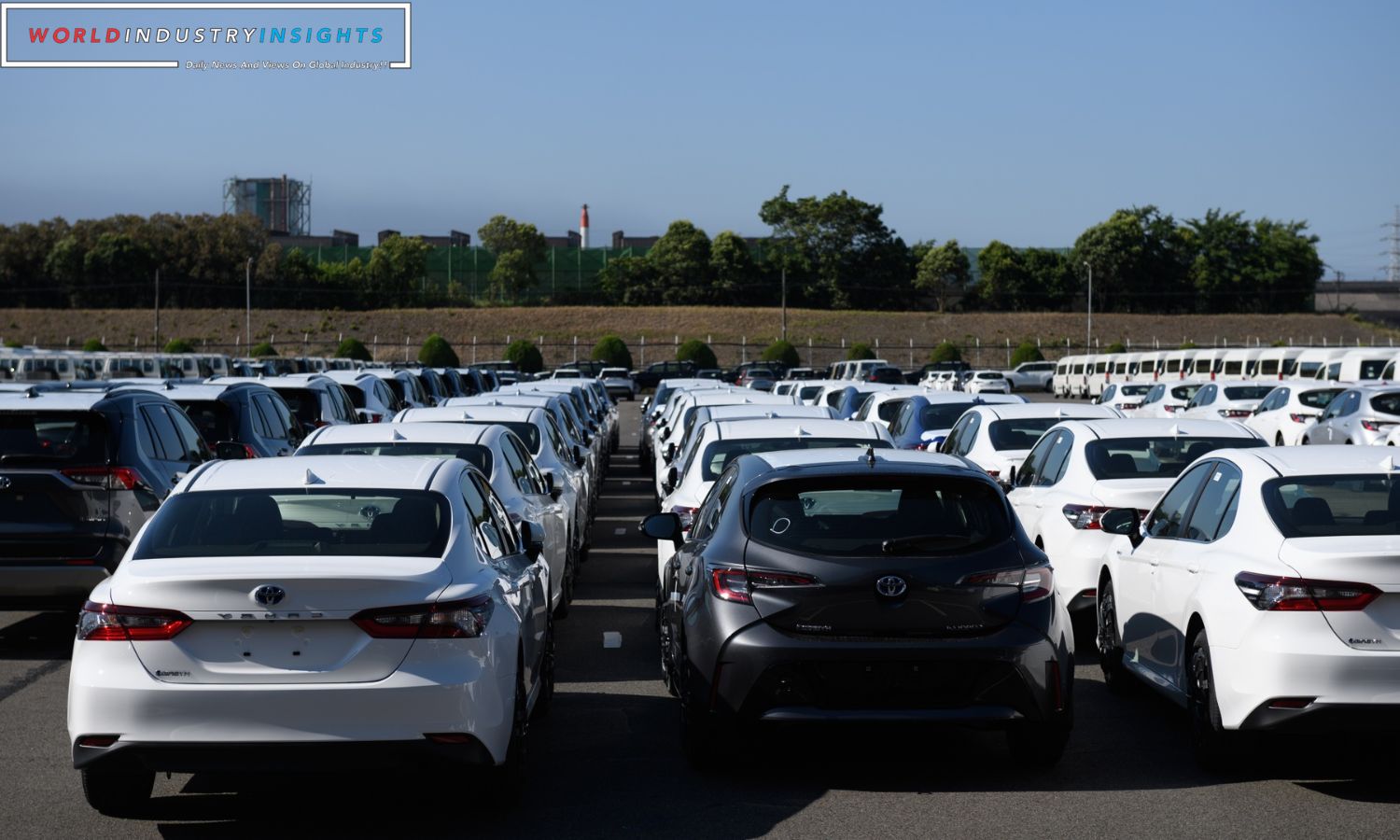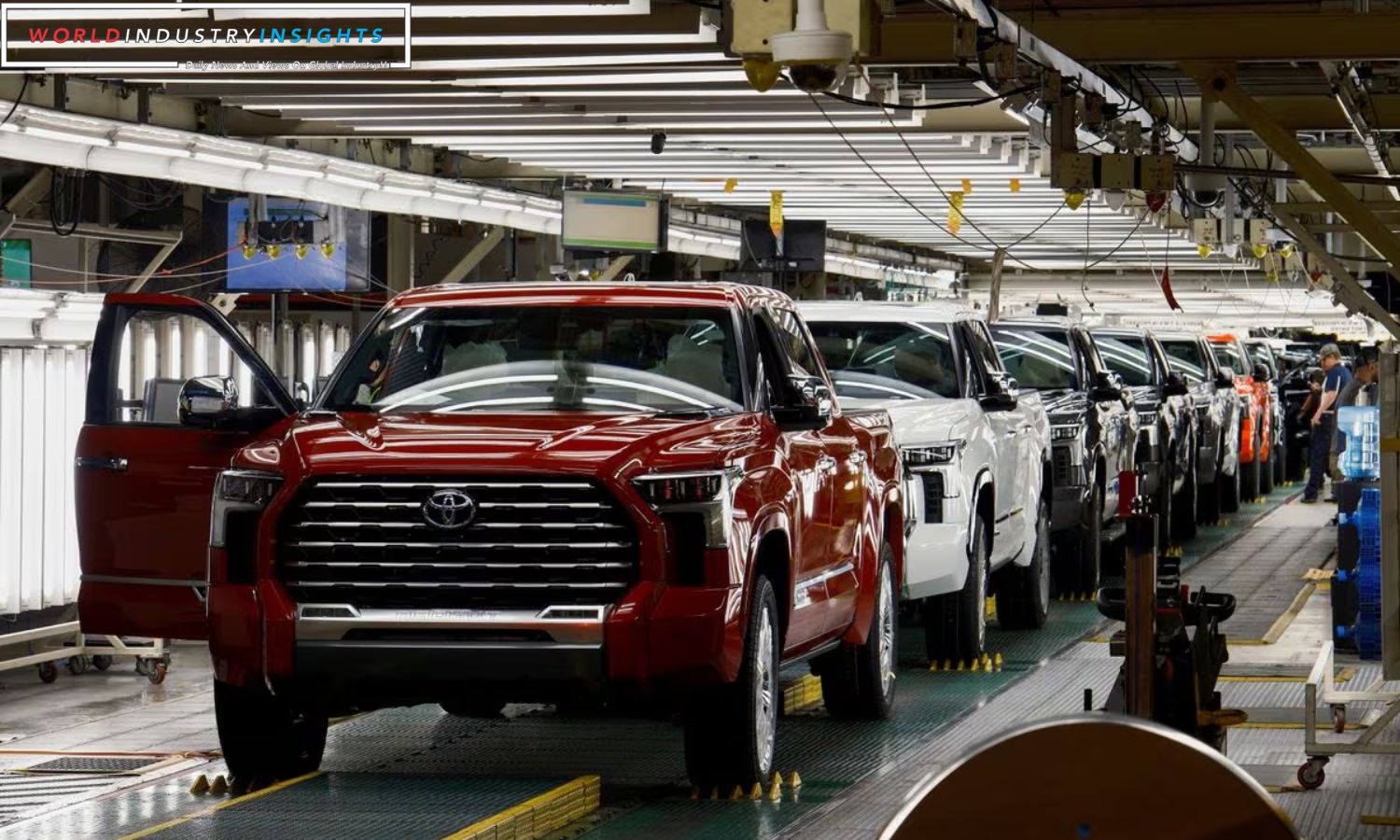Toyota Strategic Pause: In a strategic move, Toyota Motor has opted to halt production on some of its aging production lines at the joint venture with China’s FAW, countering media reports suggesting it’s a response to sluggish sales. Toyota asserts that this production pause is a planned adjustment, showcasing the automaker’s proactive approach to optimize its production system based on evolving trends in vehicle models and considering the aging factor.
This decision reflects Toyota’s commitment to adaptability and efficiency in its production processes, dispelling the notion that it’s a reactive measure to address challenges in the market, especially pertaining to gasoline-engine cars.
Contrary to reports implying a significant production adjustment due to weakening sales, Toyota emphasizes that this move is part of a broader strategy to align with changing market dynamics. The company is keen on streamlining its operations and adjusting production levels according to the current demands of the automotive industry.
Also Read:
While challenges persist in the Chinese market, Toyota’s measured and strategic production adjustments underscore its commitment to navigating the complex automotive landscape with resilience and adaptability.
This proactive stance aligns with Toyota’s long-standing reputation for strategic planning and forward-thinking in the face of industry challenges. The extension of this approach to production processes demonstrates Toyota’s commitment to staying ahead of market shifts and maintaining operational efficiency. As the automotive landscape evolves, Toyota’s adaptability shines through, positioning the company to navigate market fluctuations with a balanced and strategic approach.
Our Reader’s Queries
Why is Toyota slowing down production?
Despite its hopes of catching up in 2022, Toyota has been hit hard by a series of setbacks, including the semiconductor shortage, pandemic-related lockdowns, and natural disasters. As a result, the company has had to revise its output plan for the fiscal year ending March 31, with production now expected to reach 9.2 million vehicles instead of the previously projected 9.7 million. Despite these challenges, Toyota remains committed to delivering high-quality vehicles to its customers around the world.
What is Toyota’s strategy for 2030?
Toyota has set an ambitious goal of achieving 70% electrified new vehicle sales (excluding performance vehicles) in the U.S. by 2030. Additionally, the company aims to achieve carbon neutrality for CO2 emissions at its global manufacturing plants by 2035. To further reduce its environmental impact, Toyota plans to decrease absolute Scope 1 and Scope 2 GHG emissions by 68% by 2035, compared to 2019 levels. These targets demonstrate Toyota’s commitment to sustainability and reducing its carbon footprint.
What is Toyota’s strategic position?
Toyota’s international market strategy revolves around producing high-quality products, developing innovative technologies, and conducting extensive research. The company’s commitment to creativity and hard work has made it a global leader in the automotive industry. Toyota’s focus on research and development has enabled it to stay ahead of the curve in terms of advanced automotive technologies. With a strong emphasis on quality and innovation, Toyota continues to set the standard for excellence in the global market.
What is Toyota’s new strategy?
Toyota’s approach to sustainable mobility, known as the ‘multi pathway’ strategy, aligns with the idea that low and zero emission solutions should cater to the unique needs of each region. This means offering products that meet customer demand and are compatible with local infrastructure, while ensuring accessibility for all. Toyota is committed to ensuring that no one is left behind on the journey towards a carbon-free future.


